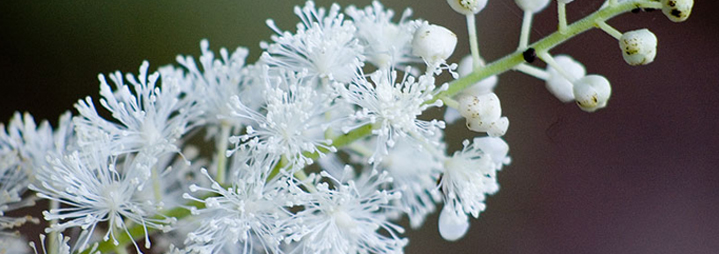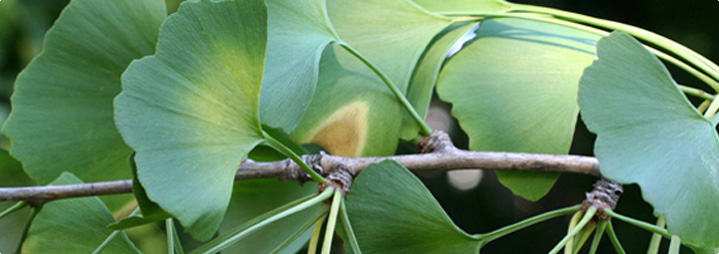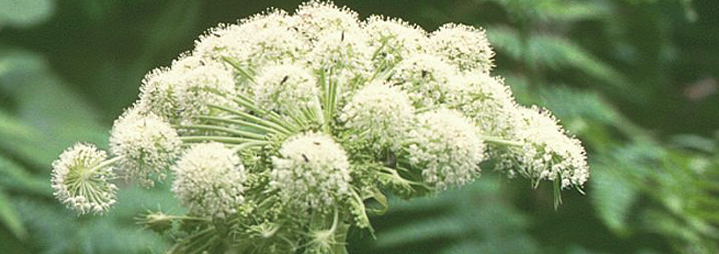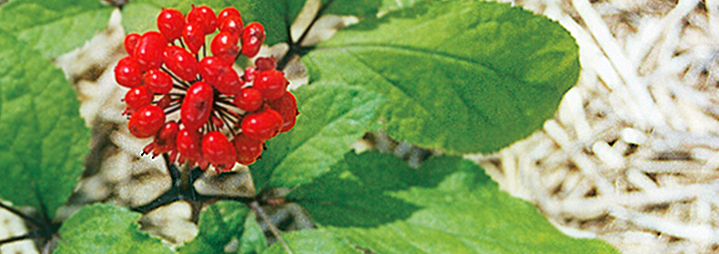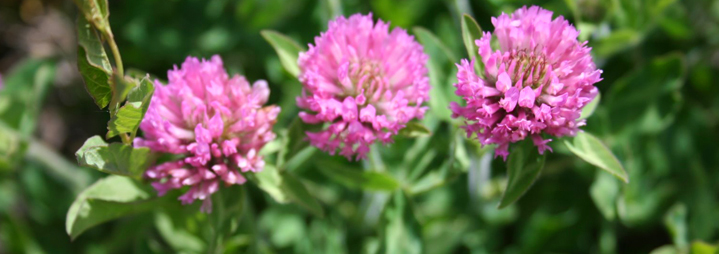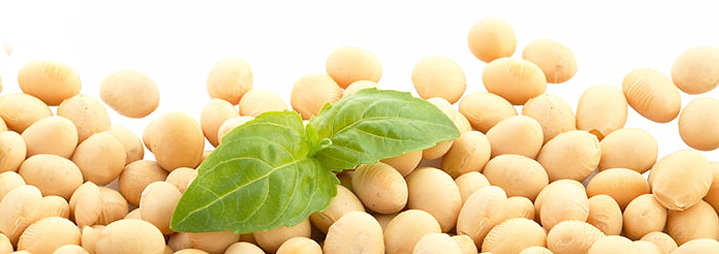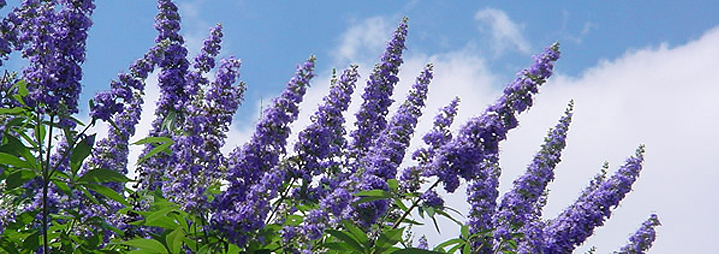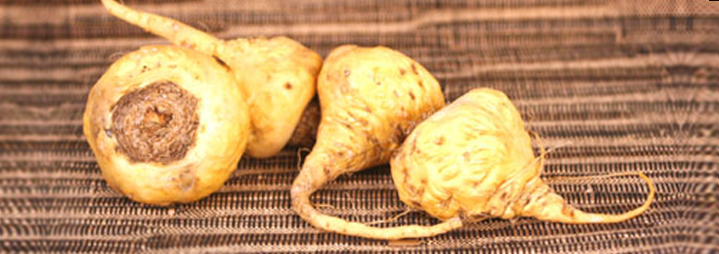Do Soy Products Contain Phytoestrogen?
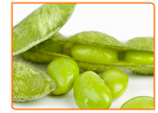 Consuming soy can have a lot of health benefits for you. Soy contains Omega-3 fatty acids, which are good for many of the body's functions. Soy can also help to reduce your cholesterol levels. It is important to keep your cholesterol level low because high cholesterol can damage your arteries, potentially increasing the likelihood of heart disease.
Consuming soy can have a lot of health benefits for you. Soy contains Omega-3 fatty acids, which are good for many of the body's functions. Soy can also help to reduce your cholesterol levels. It is important to keep your cholesterol level low because high cholesterol can damage your arteries, potentially increasing the likelihood of heart disease.
Soy is also a source of isoflavone, a type of phytoestrogen. Read on to learn more about phytoestrogens.
Phytoestrogens
Soy is a great source of isoflavones which are a type of phytoestrogen. Phytoestrogens are just xenoestrogens that occur in plants. Xenoestrogens mimic the effect estrogen has on living organisms and may be able to help combat symptoms of menopause.
During menopause your body is going through a great deal of changes. Fluctuating levels of hormones may be causing your hair to thin or your moods to be unstable. Estrogen is one hormone that is affected during menopause. Estrogen is a very important part of your body. It helps to regulate lots of the body's functions, like fluid retention and thickening the vaginal wall.
When the levels of estrogen drop in your body during menopause, it is important to try to boost their levels. Phytoestrogens may be able to do this. By mimicking the effect estrogen has on your body, consuming phytoestrogen may help to relieve some symptoms of menopause.
Sources of Soy
As a source of phytoestrogen, soy may be able to help combat some of your symptoms of menopause. There are lots of foods that soy can be found in, however, it is normally found in the form of oil and flour, so you need to check the labels of food packages to be sure you're getting soy. Foods containing soy should have the following in their list of ingredients; soy, soya, tofu, lecithin, emulsifiers and hydrolyzed proteins.
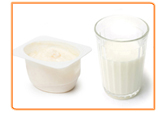 You can source soy in soy sauce, margarine, tofu and mayonnaise, as well as milk substitutes, infant formulas and soy nuts. Although there are lots of health benefits associated with consuming soy, you should be careful with your intake. The primary concern is that you may be allergic to soy. This is common. Symptoms may include acne, nasal congestion and canker sores.
You can source soy in soy sauce, margarine, tofu and mayonnaise, as well as milk substitutes, infant formulas and soy nuts. Although there are lots of health benefits associated with consuming soy, you should be careful with your intake. The primary concern is that you may be allergic to soy. This is common. Symptoms may include acne, nasal congestion and canker sores.
Click the following link if you want to learn more about phytoestrogens.









